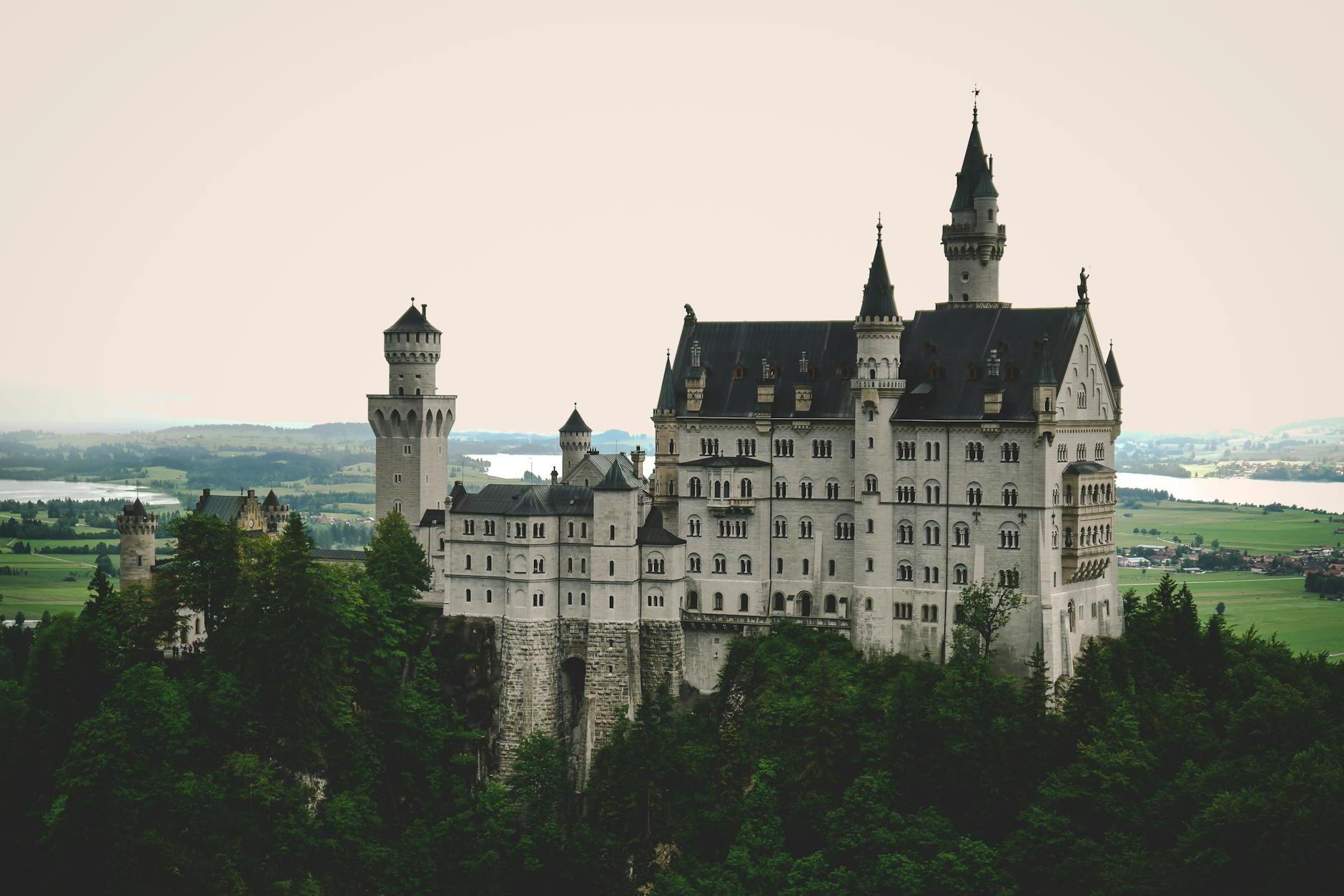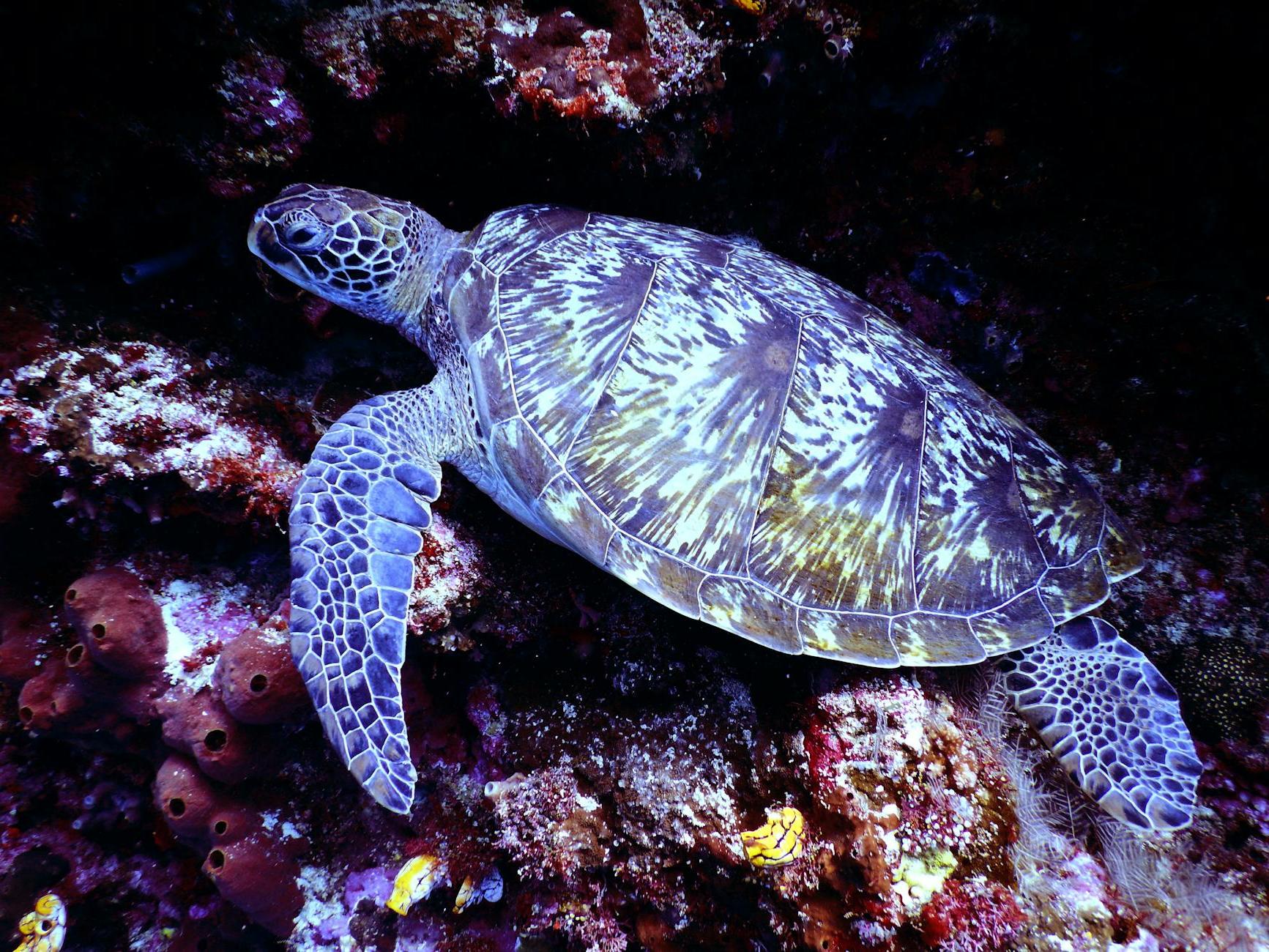10 Must-See Attractions in Pula, Croatia
Posted on June 4, 2024 • 10 minutes • 1920 words
Table of contents
Welcome to Pula, a hidden gem on Croatia’s beautiful Adriatic coast. Known for its rich history, stunning architecture, and vibrant culture, Pula offers a unique blend of old-world charm and modern attractions. Whether you’re visiting during the sunny summer months when the city is buzzing with festivals and beachgoers, or in the quieter off-season, there’s always something to see and do. Discover the top 10 must-see attractions that make Pula a must-visit destination, no matter what time of year you choose to explore this enchanting city.
10 best things to see in Pula
10. Kastel Fortress

When you’re in Pula, visiting Kastel Fortress is a must. This historic site offers stunning views of the city and the Adriatic Sea. Built in the 17th century, it gives you a glimpse into Pula’s rich past. To get there, you can easily walk from the city center—it takes about 15-20 minutes. Just follow the signs, or use a map app on your phone. Make sure to wear comfortable shoes, as the path can be a bit steep. Once you’re there, pay attention to the well-preserved architecture and the various exhibitions inside, which often showcase local history and culture. Don’t forget your camera; the panoramas are perfect for photos!
9. Archaeological Museum of Istria

When you’re in Pula, a visit to the Archaeological Museum of Istria is a must. This museum is packed with fascinating artifacts that tell the story of the region’s rich history, from prehistoric times to the Roman era. You’ll find everything from ancient coins to stunning mosaics. To get there, you can easily walk from the city center; it’s only about a 10-minute stroll from the Pula Arena. If you’re driving, there’s parking available nearby. Make sure to spend extra time in the Roman section—it’s a real highlight and gives you a glimpse into what life was like in ancient times. Don’t forget your camera; the artifacts and architecture are truly photo-worthy!
8. Temple of Augustus

When in Pula, a visit to the Temple of Augustus is a must. This stunning ancient Roman temple, dedicated to the first Roman emperor, Augustus, boasts incredible architecture and history. You’ll find it in the main square, known as the Forum. To get there, you can simply walk from just about anywhere in the city center; it’s well-signposted and hard to miss. Pay close attention to the detailed sculptures and inscriptions on the temple – they tell fascinating stories of Pula’s rich past. Don’t forget to bring your camera, as the temple makes for some beautiful photos, especially at sunset!
7. Pula Aquarium

If you find yourself in Pula, a visit to Pula Aquarium is a must! Housed in a 130-year-old fort, it offers a unique blend of history and marine life. You can see over 200 species, including colorful fish, sea turtles, and playful seals. To get there, you can take a short bus ride from the city center; buses are frequent and convenient. If you’re driving, there’s parking available nearby. When you visit, don’t miss the chance to walk on the fort’s walls for stunning views of the Adriatic Sea. It’s a fantastic place for both kids and adults, so make sure to add it to your itinerary!
6. Pula Cathedral

When visiting Pula, you must not miss the Pula Cathedral, also known as the Cathedral of the Assumption of the Virgin Mary. This historical site dates back to the 5th century and offers a glimpse into the rich cultural and religious history of the city. Inside, you’ll find beautiful mosaics, ancient relics, and stunning architecture that tell the story of Pula over the centuries. The cathedral is located right in the heart of Pula, making it easy to reach. You can simply walk from the main square or the amphitheater. Pay special attention to the ancient bell tower and the remains of the early Christian mosaic floor, which are among the highlights of this cathedral.
5. Gate of Hercules

When you’re exploring Pula, you definitely should visit the Gate of Hercules. This ancient Roman gate is a fascinating piece of history, dating back to the 1st century BC. It’s named after the carved head of Hercules above the archway. The gate is not just a photo opportunity; it’s a gateway into understanding Pula’s rich past.
Getting there is pretty simple. If you’re in the city center, you can easily walk to the gate. It’s located near the Twin Gates and the ancient city wall, making it a convenient stop on your historical tour. Look for signs pointing to “Gradska vrata,” which means city gate in Croatian.
One thing to pay attention to is the small stone inscription on the gate. It’s in Latin and tells a bit about the gate’s builders, adding to your historical insight. Don’t forget your camera—this spot is great for memorable photos and a little bit of time travel right in the middle of Pula.
4. Forum

When you’re in Pula, visiting the Forum is a must. This ancient square has been the heart of the city since Roman times and offers a glimpse into Pula’s rich history. As you walk through the Forum, you’ll see the impressive Temple of Augustus, which has stood for over 2,000 years. To get there, you can simply walk from the city center; it’s a short and pleasant stroll. If you’re taking public transport, most buses will drop you off within a few minutes’ walk from the Forum. Make sure to also check out the nearby City Hall, which features beautiful architectural details. Don’t forget your camera – the blend of history and modern life makes for great photos!
3. Triumphal Arch of the Sergi (Golden Gate)

When you visit Pula, don’t miss the Triumphal Arch of the Sergi, also known as the Golden Gate. This ancient Roman arch is over 2,000 years old and offers a glimpse into the city’s rich history. It’s a great spot for photos and provides an excellent starting point for exploring the streets of Pula. To get there, you can easily walk from the city center, as it’s located at the end of Sergijevaca Street, a popular pedestrian area. Pay attention to the detailed carvings and inscriptions on the arch, as they tell the story of the Sergi family, who financed its construction. Make sure to visit in the evening when the arch is beautifully illuminated.
2. Brijuni National Park

If you’re in Pula, visiting Brijuni National Park is a must! This beautiful archipelago offers stunning beaches, lush landscapes, and a variety of wildlife. To get there, simply take a boat from the nearby town of Fažana, which has regular connections to the islands. Once you arrive, don’t miss the safari park where you can see exotic animals, or the archaeological sites like the Roman villa remains. Also, be sure to check out the bike rentals for a fun way to explore the islands. Remember to bring your swimsuit and sunscreen for a truly wonderful day out!
1. Pula Arena

When you visit the charming city of Pula in Croatia, the Pula Arena is a must-see landmark that you simply can’t miss. This ancient Roman amphitheater, one of the best-preserved in the world, offers a captivating glimpse into history. Walking through its massive stone arches, you can almost hear the echoes of gladiators and roaring crowds from centuries past. To reach the Pula Arena, you can easily walk from the city center, as it’s only a short distance away. If you’re coming from further out, there are plenty of buses and taxis available. When you visit, make sure to bring a camera to capture the stunning architecture and panoramic views. Also, be on the lookout for special events like concerts and film screenings that are sometimes held within the arena, adding a modern twist to this historical treasure.
Frequently Asked Questions
1. What is the best time of the year to visit Pula?
The best time of the year to visit Pula is during the months of May, June, and September. During these months, the weather is warm and pleasant, perfect for enjoying the beautiful beaches and exploring the ancient Roman ruins without the huge summer crowds. July and August are peak tourist months, so while the weather is great, it can be crowded and prices for accommodation are higher. Alternatively, visiting in April or October can also be a good idea if you prefer cooler temperatures and fewer tourists. Plus, during these off-peak months, you might find better deals on flights and hotels, making your trip more affordable.
2. Should I rent a car in Pula?
Renting a car in Pula depends on your plans and preferences. The roads in Pula and the surrounding areas are generally well-maintained, making driving a smooth experience. Traffic is usually light, except during the peak tourist season in summer when it can get busier. Parking is relatively easy to find with many public and private parking lots available, though it might be a bit more challenging in the city center during the high season. If you prefer not to drive, Pula has reliable public transport, including buses that connect you to major attractions and nearby towns. Taxis are also readily available, but they can be more expensive. So, if you enjoy the convenience and flexibility of having your own vehicle, renting a car can be a great option. Otherwise, public transport and taxis can efficiently get you around.
3. What are different ways to get to Pula?
To get to Pula, you have several options. The nearest airport is Pula Airport, just about 6 km from the city center, making it quite convenient. If you’re coming from another city in Europe, you might fly into larger airports like Zagreb or Venice, from where you can catch a connecting flight or drive. For public transport, you can take a bus from many Croatian cities like Zagreb, Dubrovnik, or Split. The bus network is well-connected and relatively inexpensive. There are also train routes available, though they can be slower and less direct. If you prefer to drive, the highway network in Croatia is excellent, and you could reach Pula from Zagreb in around 3 hours or from Split in about 5 hours by car. Whichever way you choose, getting to Pula is quite straightforward!
4. Are there things to do with children in Pula?
Absolutely! Pula, located in Croatia, offers many fun activities for kids. You can explore the ancient Roman Amphitheatre, where your children can imagine gladiator battles. The Pula Aquarium is another favorite, showcasing various sea creatures that will fascinate the little ones. Don’t miss Brijuni National Park, accessible by a short boat ride, where families can enjoy a safari park, dinosaur footprints, and beautiful beaches. For something different, visit the House of Istrian Olive Oil to learn about olive oil production in a kid-friendly way. Pula’s parks and playgrounds are also great places for children to run around and have fun.
5. Is Pula safe to travel to?
Yes, Pula is generally safe for travelers. The city is known for its friendly locals and welcoming atmosphere. Police presence is noticeable, and serious crime is rare. However, like any tourist destination, petty crimes such as pickpocketing can occur, especially in busy places like markets, bus stations, and popular tourist spots. To stay safe, always keep your valuables out of sight, be aware of your surroundings, and avoid carrying large amounts of cash. Use common travel precautions, and you’ll likely have a trouble-free visit to this beautiful coastal city.




